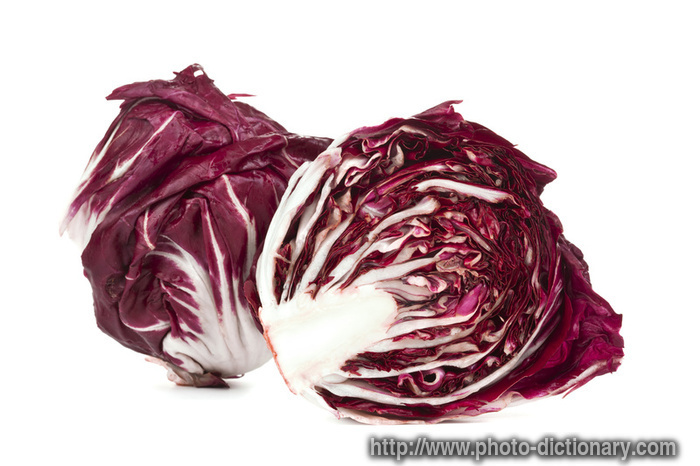This topic seems to have come up a lot lately in my conversations with friends. In the last few weeks, two people have asked me...
"What do you think about eggs?"
In one case, it came with the pretext of the person telling me that she thinks her friend's cholesterol is sky high because they often eat eggs for breakfast. And well, eggs have cholesterol, therefore that must be the cause.
Let's talk.
Eggs have had a bad reputation for decades, but it seems that more recent research and education have started to reveal the many benefits of eggs, and changing our understanding of cholesterol in the body. To understand what the deal is with eggs, let's first talk about cholesterol.
What is cholesterol?
Cholesterol is produced in the body to perform many functions, including building and maintaining cell membranes in the body, transporting lipids around the body, and producing various sterol hormones (e.g. cortisol, aldosterone, and sex hormones like estrogen and testosterone). Cholesterol is also required for humans to convert sunlight to Vitamin D. It is also used to produce bile, the yellow-greenish fluid secreted by the liver and stored in the gall bladder, used to help digest fats from the diet. You do need to have some cholesterol in your body to perform these, and other, functions. You obtain blood cholesterol in two ways: dietary sources, and production from the liver.
HDL? LDL? WTF?
Not all cholesterol is created equal. You've probably heard the terms "good" and "bad" cholesterol, or "healthy HDL" and "lousy LDL" cholesterol. Sort of.
When cholesterol leaves the liver, it is in the form of VLDL (very low density lipoprotein), which floats around the bloodstream and delivers triglycerides to tissues. As the triglycerides get picked off, the density of the lipoprotein gets higher, becoming IDL (indermediate density), LDL (low density) and eventually HDL (high density). While having more HDL is, indeed, a better place to be in than having lots of LDL (people with higher levels of HDL than LDL tend to have lower incidence of cardiovascular disease) they are still both cholesterol. A high level of total cholesterol, whether HDL or LDL, is still a bad thing.
When does cholesterol become a problem?
As I mentioned, we need some cholesterol floating around the body to perform functions we need to live. But, having high total blood cholesterol is a problem because it can become trapped in the lining of arteries. If damage occurs in the arteries (e.g. because of high blood pressure, or just due to normal breakdown with age), cholesterol can enter the lining of the artery and cause an inflammatory response, leading to the buildup of plaques. Having a high level of cholesterol in the blood increases the chance of this happening and, therefore, increases your risk of vessel blockage.
So how does cholesterol end up in my blood?
The liver is responsible for making about 75% of your blood cholesterol, which is made from saturated and trans-fatty acids from your diet (note - not the
cholesterol in your diet, but from the types of
fats). These types of fats are typically found in animal sources of protein, such as meats and milk, in processed foods, and in some plant sources such as coconut and palm oils. The liver packages up the triglycerides from these compounds and creates lipoproteins, which go out into the blood. The type of fat may have some influence on the type of lipoprotein created - saturated fats in general tend to increase both HDL and LDL, while omega 3 and medium chain fatty acids tend to increase HDL production. Removing trans fats from the diet also tends to increase HDL production.
Dietary cholesterol alone, such as that found in eggs, accounts for only about 25% of your blood cholesterol level. Many studies have suggested that reducing dietary cholesterol alone, without also reducing saturated fat or (especially) trans fat intake, has little effect on total cholesterol. Dietary cholesterol is also not very well absorbed if consumed with other nutrients, like soluble fibre. In fact, soluble fibre helps to soak up cholesterol from bile and excrete it in your poop so that it doesn't get reabsorbed into the blood. Now that's good to know!
How come eggs make my cholesterol go up then?
They don't. It's true that eggs contain dietary cholesterol, about 200mg, but not enough that it would actually make your blood cholesterol increase all that much. Since most of your blood cholesterol comes from your intake of saturated and trans fats, it's far more likely that the other stuff you're eating with your eggs at breakfast are at least partly responsible. Often morning eggs are accompanied by sausage or bacon, buttered toast, maybe some fried hash browns, and cream in your coffee. That's spelled S-A-T-U-R-A-T-E-D F-A-T
You mean, eggs aren't the devil after all?
Eggs-actly (HA!!!!!!!!!!!)! Eggs are an excellent source of protein, and are amazingly inexpensive. They are versatile, as they can be prepared in so many interesting ways, and they hold a load of nutritional qualities that far outweigh the cholesterol content. How about 50% of the B12 you need in a day, and 10-15% of your daily Vitamin A, D and E (fat soluble vitamins)? Eggs are also a great source of lutein, needed for eye health.

If you're still concerned about eating lots of eggs, consider using egg whites, which contain NO fat, only protein. This, however, also means that you will not be getting all those other awesome fat-soluble benefits of eggs that are found only in the yolks (A, D, E and lutein, among many others). I often eat one egg and one egg white at breakfast, giving me the extra protein while still getting that load of egg yolky goodness.
How do I eat eggs?
Really?
Well. Eggs can be boiled (hard, soft), poached, fried, sunny side up, over easy, scrambled, baked, and lots of other options. If you're concerned about cholesterol, cook your eggs using ingredients lower in saturated fat. For example, instead of making a fried egg with butter, use canola oil in your pan instead. Also, check out the other items that you're serving up. If your eggs appear alongside bacon, sausage, ham, fried potatoes, etc etc etc, rethink it. Make your accompaniments something with fibre, such as whole wheat toast, veggies, or a piece of fruit.
Among my favourite breakfasts is a veggie-egg scramble. Take whatever veggies you have - peppers, onions, mushrooms, asparagus, broccoli, tomatoes, whatever. Chop it up, sautee, and add scrambled eggs (1 egg + 1 egg white). Serve topped with salsa, a bit of hot sauce, and with a slice of whole wheat toast, lightly buttered. Mmmmmm.
The moral of the story:
Don't be afraid! Eggs can be your friends. The people who need to be concerned about eggs and avoid them are people who a) are allergic to them, or b) have been advised by their health care provider to limit dietary cholesterol due to existing heart issues. If your doctor or health care provider has never mentioned such a thing, and you don't have significant heart issues (i.e. you haven't had a heart attack, you aren't on multiple cholesterol meds, etc), then you really have little to worry your pretty little head about.
If you do have heart issues or high cholesterol, or are concerned about your risk, talk to your doc or a dietitian about eggs and your specific situation regarding dietary cholesterol. Chances are that you can still eat eggs, but might just need to monitor how many you eat in a week. Cardiac patients can usually still include 1-2 egg yolks per week in their balanced diet.
Want to learn more about eggs? Egg Farmers of Canada has a lot of great resources, including dietary information, recipes, info for specific groups (e.g. eggs and your baby), research about eggs and cholesterol, and more. Check out their website at
www.eggs.ca/ *
*disclaimer: I have not been asked to support Egg Farmers or been sponsored by them in any way (I wish!). I just really like eggs, and the Egg Farmers website has easy to read, accessible resources!










